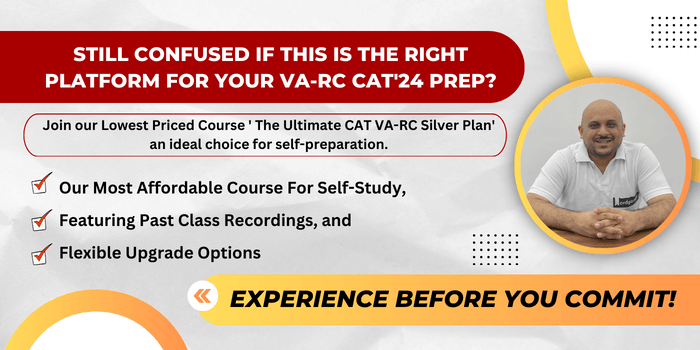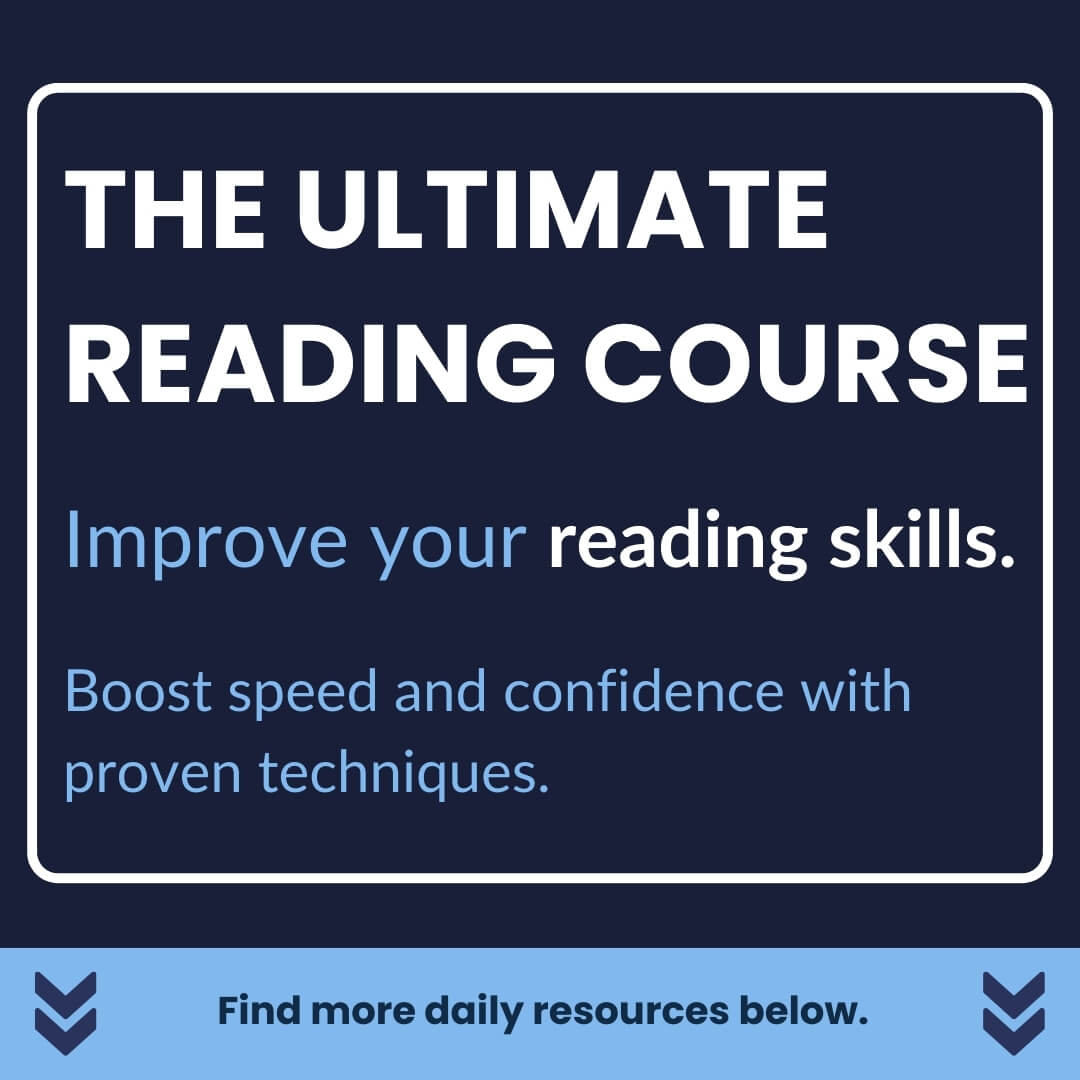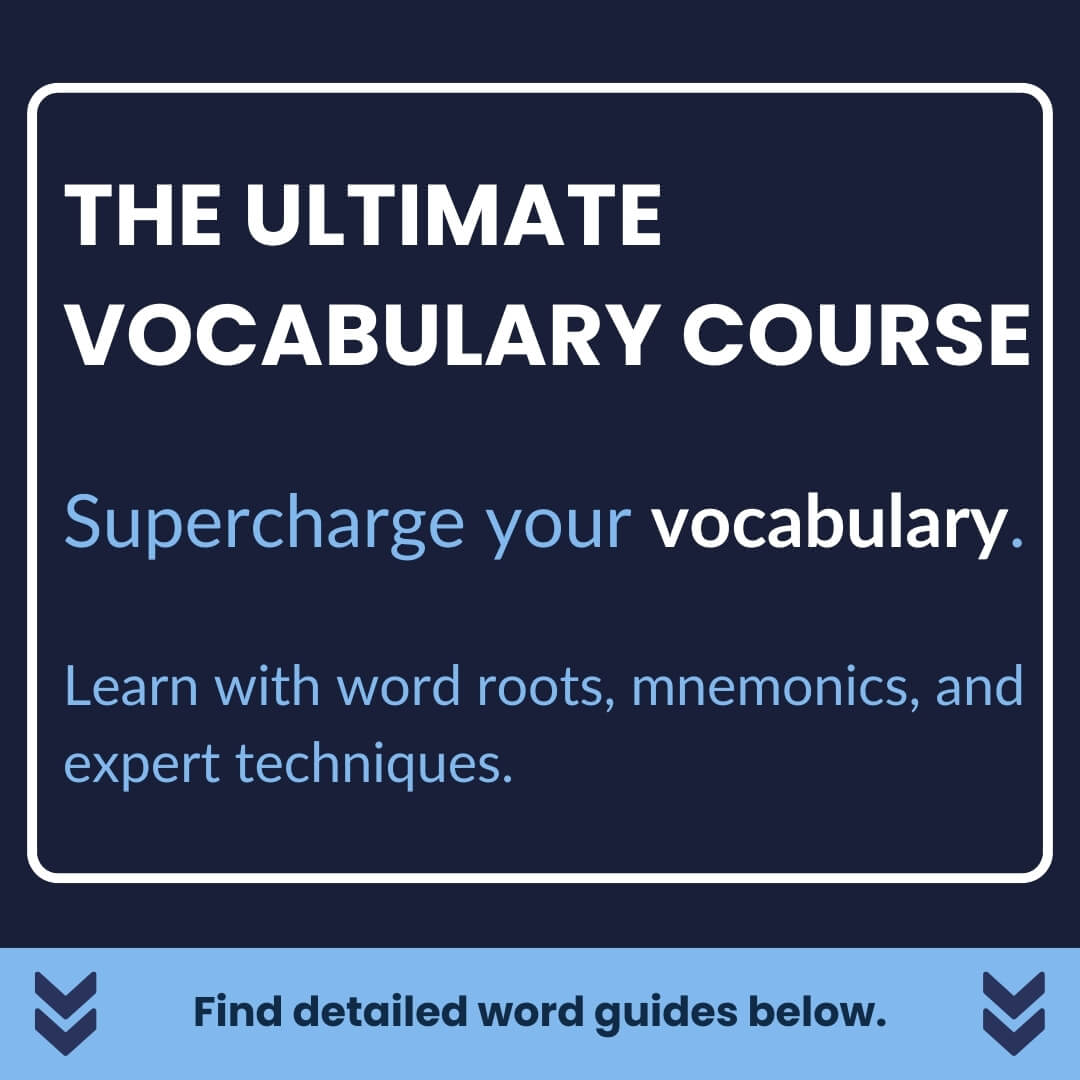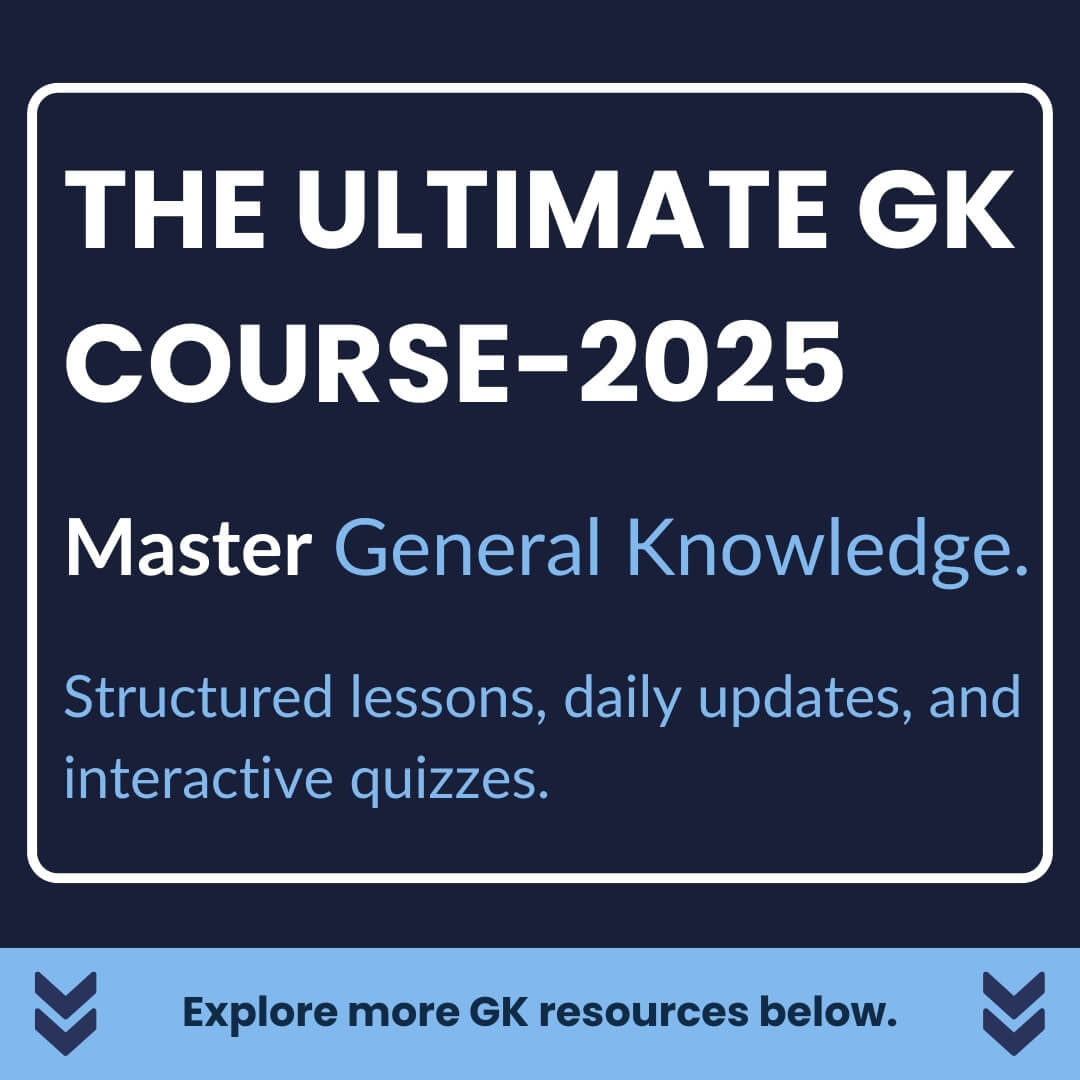Welcome to the RC Rapidfire series, a collection of short, insightful content aimed at helping you master reading comprehension (RC) for the CAT exam. I’m Prashant, founder of Wordpandit, and with over 17 years of experience teaching verbal sections for CAT, GMAT, and GRE, I’m here to help you navigate common RC challenges. In this blog, we address a key question: Should you read the RC questions or the passage first?
The Nature of RC Passages in CAT
To begin with, understanding the types of passages you’ll encounter in the CAT VARC section is critical. The passages cover a wide range of topics—politics, economics, sociology, psychology, philosophy, art, culture, feminism, race, anthropology, literature, and science. Most of these subjects aren’t part of our daily reading habits, making the language and terminology unfamiliar. Hence, understanding the scope and diversity of topics is essential for effective RC preparation.
The Recommended Approach
When tackling RC questions, the strategy is simple:
- Skim the Question Stems: Begin by quickly skimming through the question stems (the actual question, not the answer options). This gives you an idea of what the passage will require you to find.
- Focus on Key Question Types: You’ll encounter various types of questions, such as:
- “Which one of the following can be inferred from the passage?”
- “What is the main idea of the passage?”
- “The author would agree/disagree with which statement?”
- “Why does the author say this?”
- “What does the author mean by this?”
- Identify Specific Details: Pay attention to questions that focus on specific details or reasoning behind certain statements. This helps narrow your search within the passage.
- Avoid Answer Options: At this stage, avoid reading the answer choices, as they can distract and waste time. Your goal is to familiarize yourself with what to look for in the passage.
- Read with a Purpose: Now, approach the passage with a focused mind. Since you already know what types of questions you’ll face, your reading becomes more purposeful. Search for key points or arguments related to the questions.
Why This Approach Works
This method sharpens your focus while reading the passage, helping you stay alert for specific information that addresses the questions. By having a clear sense of what the questions demand, you’ll be better equipped to tackle both the passage and questions effectively.
Building a Diverse Reading Habit
Beyond this specific approach, an important factor for improving RC skills is cultivating a diverse reading habit. The passages in CAT are drawn from many disciplines, some of which may be completely unfamiliar. Reading content from varied topics—especially those you are less comfortable with—will help you become familiar with domain-specific vocabulary and improve your ability to handle challenging RC passages.
What Does It Mean to Read Diversely?
Reading diversely involves going beyond just newspapers or magazines. You should explore books, journals, and articles on subjects that are outside your comfort zone. This practice will enhance your comprehension and expand your knowledge, preparing you for the breadth of topics in CAT.
Systematic Improvement of Your RC Skills
A systematic approach to improving your RC skills involves identifying your weak areas and dedicating time to read content in those fields. This gradual exposure helps build your vocabulary and understanding of complex subjects, making it easier to deal with unfamiliar passages during the exam.
Conclusion
In conclusion, combining strategic question-skimming with a diverse reading habit will significantly enhance your RC performance. Start by understanding the questions, then read with a clear purpose, focusing on extracting key information from the passage. Additionally, make it a habit to read content from diverse fields to build a strong knowledge base for the types of passages you’ll face in CAT.
If you found this blog helpful, don’t forget to subscribe to our channel for more such tips. Share it with your friends, and as always, happy learning! For more resources on Verbal Ability, Reading Comprehension, and much more, visit learn.wordpandit.com.













